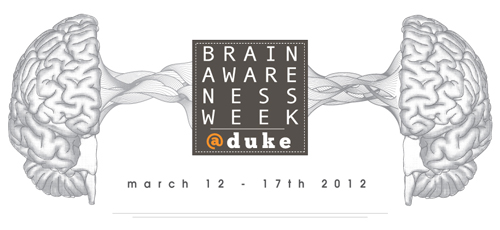Guest post by Sandra Ackerman, Duke Institute for Brain Sciences
Did you know that certain foods are good for your brain — especially if you can persuade your mom to eat them before you’re born?
In the second public lecture for Brain Awareness Week, this one given at the Duke Center for Living, Christina Williams, professor of psychology and neuroscience, made a strong case for the long-term benefits of good prenatal nutrition. Of course, all-around good nutrition is important for the health of both an expectant mother and her baby, but in her talk on Tuesday evening Williams focused on choline, “the essential nutrient you’ve probably never heard of.”
Choline is one of those innumerable B vitamins that rarely make it onto a nutrition label. But it deserves to become famous, because choline is important not only for the building of membranes and the proper working of the liver (both very useful in the human body) but also as a basis for the neurotransmitter acetylcholine—the chemical signal that lets us move our muscles. Oh, and it serves another purpose as well: acetylcholine is the main neurotransmitter used in the function of memory.
It is in the realm of memory that prenatal choline really shines. In extensive studies with rats at all stages of their lifespan, Williams and her colleagues have found that adding choline to the usual prenatal diet gives a major boost to the developing brain. As a result, the offspring have brains that not only prove more resilient to shock or trauma but also demonstrate healthy, high-functioning memory well into old age. In the hippocampus, the brain structure most responsible for memory, the prenatally-choline-supplemented rats even show an advantage in the proliferation of new neurons, which enable them to keep learning long after the normal rat retirement age (about 24 months).

A newborn infant, still tapped into her mother's bloodstream, for the moment. (Photo by Gengiskanhg via Wikimedia Commons)
All this is not to say that pregnant women should start gulping down choline, says Williams—least of all as a “supplement” purchased from a health store, because these non-drug compounds don’t undergo strict standardization and scrutiny from the FDA.
You may, however, want to beef up the choline in your regular diet, and in fact beef liver is one of the best dishes for this purpose. Tofu and other soy-based foods, legumes, eggs, and fish will also fill the bill. So lift high your fork, egg cup, or peanut butter-covered knife, and let us keep in mind the power of choline.













